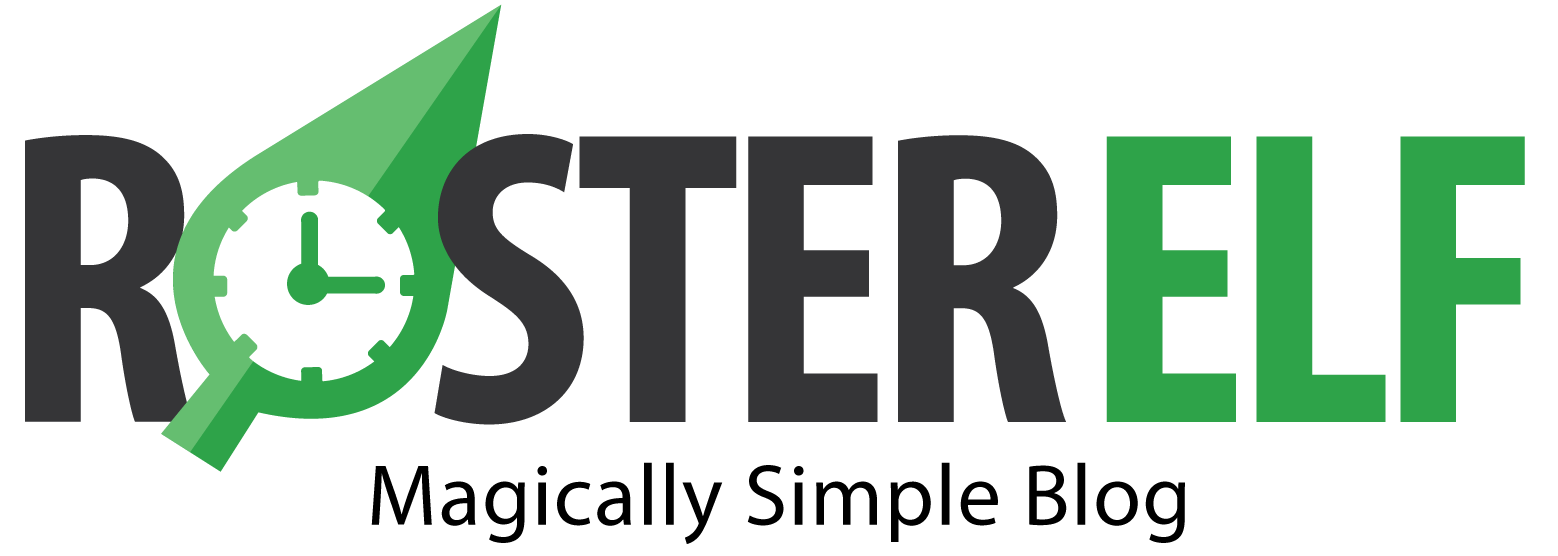
Scheduling Success in Trigger Point Therapy
ORIGINAL PUBLISHED: SEPTEMBER 10,2024 | BUSINESS , MANAGEMENT | READING TIME: 5 MINUTES | By MYRIL ENOLPE

ORIGINAL PUBLISHED: SEPTEMBER 10,2024 | BUSINESS , MANAGEMENT | READING TIME: 5 MINUTES | By MYRIL ENOLPE

Trigger point therapy is a specialised massage technique that aims to relieve pain and improve muscle function by targeting specific "trigger points" - tight knots within the muscles that cause discomfort and restricted movement. This therapy is crucial for individuals suffering from chronic pain, as it helps to alleviate tension, enhance mobility, and promote overall wellness.
Proper scheduling is crucial for achieving optimal results in trigger point therapy. By setting appointments effectively, therapists can deliver consistent and personalised treatments that cater to each patient's individual needs. Maintaining a regular schedule allows therapists to monitor progress closely, make necessary adjustments, and ensure that clients fully benefit from the therapy. Additionally, well-organised scheduling not only enhances client satisfaction but also minimises missed appointments and maximises the efficiency of the therapy practice.
Trigger point therapy addresses tension areas called trigger points to alleviate pain and dysfunction in muscles and surrounding muscle tissues. Its primary goals are to decrease muscle tension, improve blood circulation, and facilitate relaxation and healing.

How it Helps Manage Myofascial Pain
Basic Principles of Trigger Point Therapy
Techniques Used in Trigger Point Therapy
Trigger point therapy is a great way to help with a muscle pain condition. It can make a big difference in how you feel and improve your quality of life.
Efficiently arranging appointments is essential for the success of trigger point therapy. Therapists and clients can significantly benefit from well-organised and punctual sessions. Here’s why proper scheduling is crucial for effective trigger point treatment plans:

Scheduling plays a crucial role in trigger point therapy. Sessions at the right time are essential to ensure the treatment works well, to make it convenient for clients, and to keep therapists organised.
Physical therapists must prioritise efficient scheduling and client management to deliver the best care possible while effectively managing their time. RosterElf is a comprehensive tool that offers a range of features specifically designed to simplify these tasks, ultimately making the lives of therapists much easier. Here’s how RosterElf can help:

RosterElf's comprehensive tools enhance staff management in physical therapy and significantly improve time management for physical therapists. Therapists can enhance their service to their clients by automating scheduling and administrative tasks. This allows them to dedicate more time and attention to providing exceptional care.
Ensuring scheduling success in trigger point therapy is crucial for maximising your practice's potential. We have discussed the benefits of efficient scheduling, such as improved client satisfaction, reduced no-shows, and increased productivity. You can significantly enhance your therapy sessions and overall business operations by implementing our outlined strategies, including utilising scheduling software, prioritising communication, and maintaining flexibility. Effective scheduling not only benefits your clients but also supports the growth and long-term success of your practice. Embrace these practices to ensure your trigger point therapy sessions are consistently well-organised and beneficial for everyone involved.
Trigger point therapy provides numerous benefits, including pain relief, improved muscle function, enhanced mobility, and better blood circulation. It helps reduce chronic pain, relieve muscle knots, and increase the range of motion, ultimately promoting overall wellness and stress relief.
Trigger point therapy alleviates chronic pain by deactivating tight knots within muscles, known as trigger points. This process reduces muscle tension, improves blood flow, and facilitates healing, leading to significant pain relief and enhanced muscle function.
Common techniques in trigger point therapy include direct pressure, stretch and spray, deep tissue massage, and dry needling. Each method targets specific trigger points to release tension, reduce pain, and promote muscle relaxation and healing.
The frequency of trigger point therapy sessions depends on individual needs and the severity of the condition. Regular sessions, typically weekly or bi-weekly, are recommended initially, followed by maintenance sessions as needed to prevent recurrence and maintain muscle health.
Proper scheduling ensures consistency, optimised recovery time, and maximised treatment effectiveness. It helps therapists monitor progress, make necessary adjustments, and maintain client satisfaction by offering convenient appointment times and reducing missed sessions.
RosterElf simplifies scheduling by allowing therapists to manage rosters, set recurring appointments, and integrate with payroll systems. It ensures compliance with regulations, provides comprehensive reporting, and offers accessibility from any device, streamlining administrative tasks and improving client management.
Important Notice
The information contained in this article is general in nature and you should consider whether the information is appropriate to your needs. Legal and other matters referred to in this article are of a general nature only and are based on RosterElf's interpretation of laws existing at the time and should not be relied on in place of professional advice.
RosterElf is not responsible for the content of any site owned by a third party that may be linked to this article and no warranty is made by us concerning the suitability, accuracy or timeliness of the content of any site that may be linked to this article.
RosterElf disclaims all liability (except for any liability which by law cannot be excluded) for any error, inaccuracy, or omission from the information contained in this article and any loss or damage suffered by any person directly or indirectly through relying on this information.
RosterElf is built with you in mind. Our online staff scheduling tool handles all your employee scheduling needs.
Get the latest on management tips, tricks and more - straight to your inbox